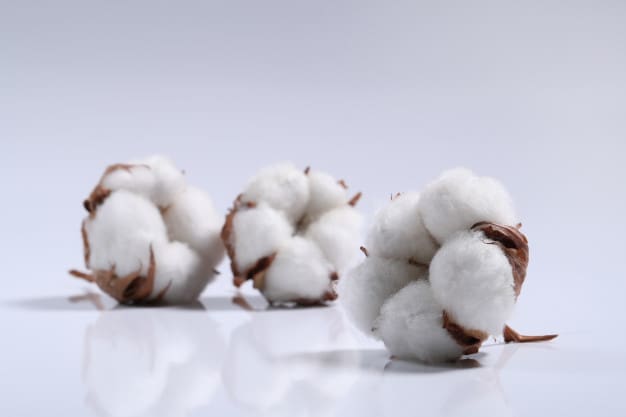Trends that have happened the last decade :
A few years ago across the globe there were various types of cotton. India too had its share of 24 mm 25 mm 27 mm 30 mm 32 mm and 36 mm. Today with BT seeds most cotton has collapsed into a narrow bandwidth of between 28 to 30 mm. Very little comes in 31 mm. Almost nothing comes in 26 mm.
The fashion industry also has changed a lot. PC spinning and other blended spinning has increase exponentially with polyester as an example starting from 20%. To all the way upto 90%. This micro consumption of cotton by polyester/MMF mills has grown multifold along with polyester/MMF capacity addition
Technology in spinning has become so superior that today normal mills are able to spin 60 and 80’s count with 29/30 mm. Almost all mills have gone compact spinning which required combed but can do with 30 mm and long staple is not required for 40’s and above counts. Bed spreads, ethic wear manufacture out of India has grown leaps and bounds over the last decade which consume a lot of fine counts
Weaving and knitting are no more mono fiber based means but multi fiber based where warp is polyester and weft is cotton for the sake of product pricing and affordability.
A large non woven usage in diapers, use and throw products, paper products are all using cotton in very low % like 1 or 2%. But increasing very fast
So what. How do these trends effect cotton prices :
- MMF blending. An MMF spinner who blends 20% cotton or 30% cotton can afford a cotton price of 80,000 per candy for his mixing cost will go up only by 3 to 5 Rs. per kg
- An fine count spinner of 60 and 80’s is using the same cotton as a coarse count spinner of 20’s and 30’s. Fine count spinner selling his yarn at plus 400 Rs. per kg can afford a cotton price of 60,000 Rs. per candy while coarse count spinner can only afford 40,000 Rs. per candy
- A weaver doing speciality products and mixing blended yarns in weaving can afford a higher yarn prices this is the reason why indian Sateen bedspread exports with high thread count has gone from 100% cotton in warp and weft to now 60% of the exports being warp cotton and weft filament polyester
- Most indian denim weavers have moved to warp cotton weft filament polyester and terry towel weavers have gone towards base yarns being spun PC with pile alone being 100% cotton
- A nonwoven user or paper mill can afford a price of 100,000 Rs. per candy for he uses less than 1% or a disposal nonwoven diaper is sold at almost 2000 per kg for it hardly weighs 5 gms
This changing patterns and affordability of cotton and cotton yarn prices by other Non cotton segments have helped push up cotton prices over the last decade and will push it up further the next decade
The solution for spinners, knitters weavers etc :
So don’t expect cotton or cotton yarn prices to come down anytime soon. Don’t complain that cotton exports have to be banned or yarn exports have to be banned
Use more fiber types to average out the cost. Use more yarn types to enhance product usability and fashion but keep product costs the same
Banana fibers, hemp, PET bottle polyester are new fibers which have entered the ecosystem. Recycled polyester yarns, post consumer waste yarns have all entered the stream and are priced lower than polyester yarns
Intense product development efforts have to be made by the cotton spinning, knitting and weaving industry.
The price of 30’s 100% polyester was 130 Rs., 100% cotton was 200 Rs. and 220 Rs. for 100% Visocse about 2-3 years ago. The pricing now is 150 Rs. for polyester, 250 Rs. for cotton and 200 Rs. for Viscose.
The price of cotton and cotton based products will increase with limited supplies and varying uses over time. While MMF will be the price and value user and blends of the same will be for fashion and usability

